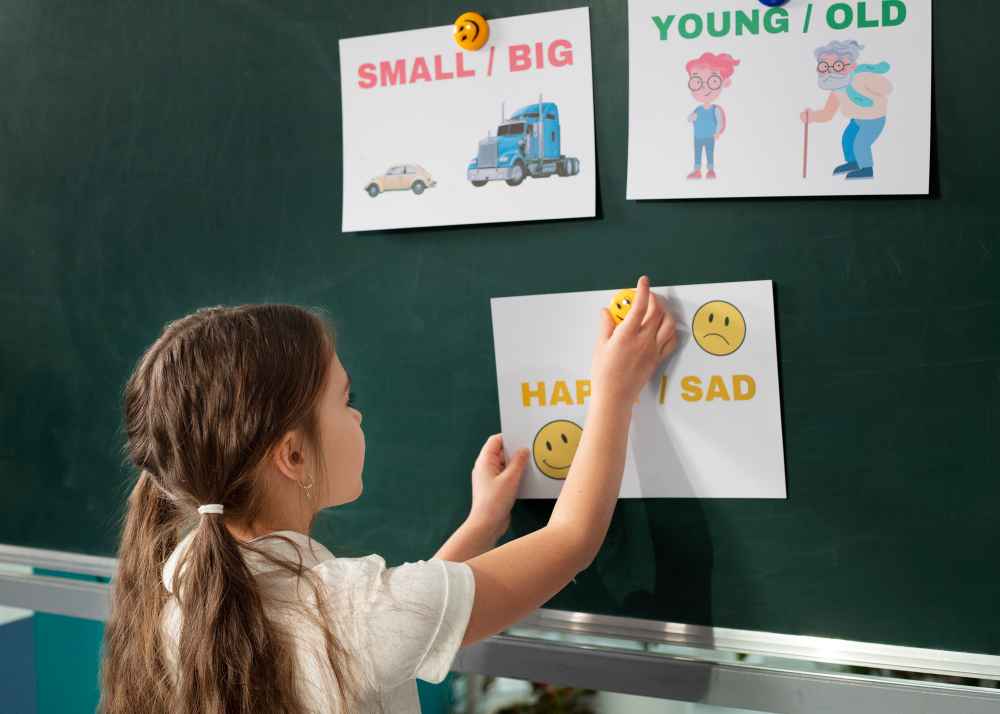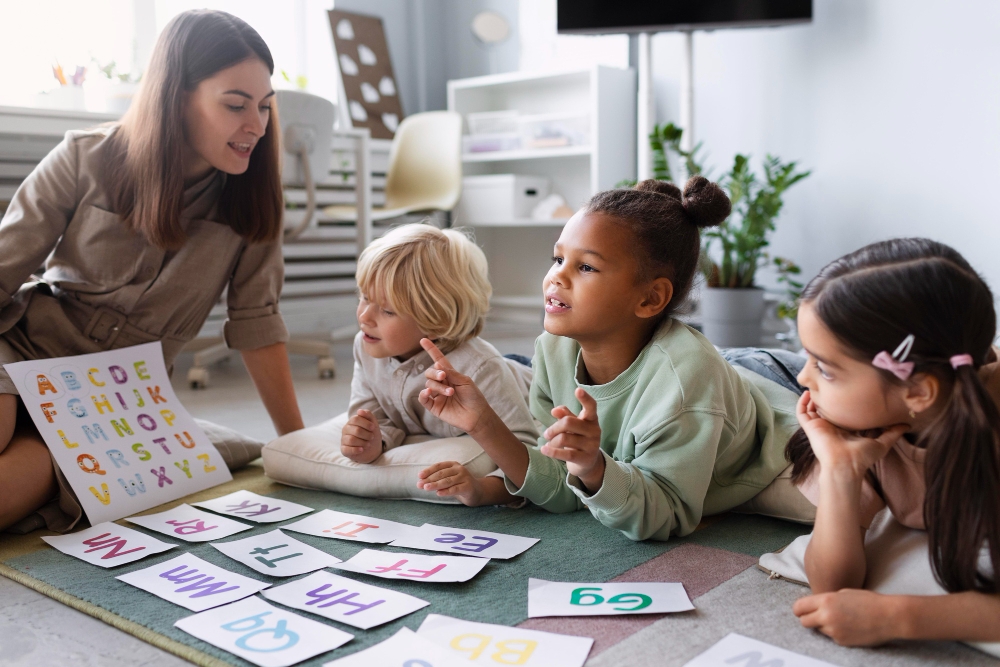Preschool is a crucial time in a child's educational journey, laying the foundation for future learning experiences. For dual-language learners, who are exposed to and acquiring proficiency in two languages, the preschool environment plays a pivotal role in fostering language development and overall cognitive growth. This essay explores effective strategies that preschools can employ to support dual-language learners, ensuring a positive and enriching educational journey.
Creating a Language-Rich Environment
Preschools can create a language-rich environment by incorporating both languages into daily activities and routines. Labeling objects, displaying signs, and using bilingual materials help reinforce vocabulary in both languages. A print-rich environment supports language development by exposing dual-language learners to written words in various contexts.
Qualified and Culturally Competent Staff
Having qualified and culturally competent staff is crucial for supporting dual-language learners. Preschools should strive to employ educators who are proficient in the languages spoken by the children and have an understanding of their cultural backgrounds. Culturally competent staff can create an inclusive and supportive atmosphere, helping dual-language learners feel valued and understood.
Promoting Home Language Use
Preschools should actively encourage and support the use of the child's home language. Recognizing and respecting the linguistic diversity within the classroom is essential. Teachers can create opportunities for children to share stories, songs, or traditions from their home culture, fostering a sense of pride in their language and identity.
Implementing Dual-Language Programs
Preschools can consider implementing dual-language programs that provide structured language instruction in both languages. These programs can include dedicated time for language-specific activities, lessons, or storytelling in each language. Dual-language programs offer a balanced approach, ensuring that dual-language learners receive sufficient exposure and practice in both languages.
Incorporating Multilingual Literature
Integrating multilingual literature into the preschool curriculum is a powerful way to support language development. Preschools can provide books in multiple languages, featuring stories that reflect the diversity of the children's linguistic backgrounds. Reading stories in both languages not only enhances language skills but also promotes cultural understanding and appreciation.
Individualized Language Support
Recognizing that dual-language learners may have varying levels of proficiency in each language, preschools should provide individualized language support. Tailoring instruction to meet the specific needs of each child ensures that they receive the appropriate level of challenge and support in both languages, promoting balanced language development.
Encouraging Peer Interaction
Creating opportunities for peer interaction is essential for dual-language learners to practice and reinforce their language skills. Preschools can organize activities that encourage collaboration and communication among children, fostering a supportive language-learning community. Pairing dual-language learners with peers who speak the same language or implementing buddy systems can enhance language development through social interaction.
Family Involvement in Language Learning
Preschools should actively involve families in the language-learning process. Providing resources, workshops, or information in the home language helps parents support their child's language development. Regular communication between teachers and parents, conducted in both languages when possible, ensures that families are informed and engaged in their child's educational journey.

Reading : How Can Preschools Foster a Love for Reading in Young Children?
Suggesting a Preschool: Embracing Linguistic Diversity
When seeking a preschool for their child, parents of dual-language learners should consider institutions that embrace linguistic diversity and have strategies in place to support language development. A preschool that values and actively promotes the use of multiple languages, incorporates diverse literature, and fosters a sense of cultural pride provides an optimal environment for the educational journey of dual-language learners.
Montessori Shir-Hashirim Los Angeles
- 6047 Carlton Way, Los Angeles, CA 90028
- Highly rated for focused curriculum, excellent staff, and diverse extracurriculars
- Half day: $27,000 yearly, $9,000 quarterly
- Full day: $28,500 yearly, $9,500 quarterly
Shir-Hasirim Montessori school has two different locations. The main location is on Carlton Way in Los Angeles. This school teaches children between the ages of 2 and 6 and prepares them for some of the top Montessori elementary schools in the city. Specifically, they offer a primary program and a summer program for preschool children.
At Shir-Hashirim, they allow their students to grow and learn both individually and within the community of the school. Students are able to learn at their own pace when it comes to both practical life skills and subjects such as math and language.
Shir-Hashirim Montessori has a parent-and-me program that is best for the families who may enroll their child in the Montessori program.
Conclusion
In conclusion, supporting dual-language learners in preschool education requires a comprehensive and inclusive approach. By creating a language-rich environment, employing qualified and culturally competent staff, promoting home language use, implementing dual-language programs, incorporating multilingual literature, providing individualized language support, encouraging peer interaction, and involving families in the language-learning process, preschools play a vital role in nurturing bilingual minds. A preschool that embraces linguistic diversity and implements these strategies contributes to the positive development and academic success of dual-language learners.


